Galleria Borghese, Rome | Art Museum Guide

Source: Chabe01, Galerie Borghése, Wikipedia, https://en.wikipedia.org/wiki/File:Galerie_Borghèse_-_Rome_(IT62)_-_2021-08-30_-_3.jpg
The art museum, Galleria Borghese, Rome is one of the city’s most treasured cultural destinations, celebrated for its outstanding collection of Renaissance and Baroque masterpieces. Nestled within the tranquil Villa Borghese gardens, this historic museum offers visitors an intimate experience with some of the most significant works in Italian art history. Originally established as the private collection of Cardinal Scipione Borghese in the early 17th century, the museum houses an extraordinary array of paintings, sculptures, and antiquities.
Galleria Borghese is especially noted for its sculptures by Gian Lorenzo Bernini and paintings by Caravaggio, Titian, and Raphael. Each room in the museum is thoughtfully arranged to reflect the collector's vision and taste, allowing artworks to be appreciated in their historical and aesthetic contexts. The ornate building, adorned with detailed frescoes and classical architecture, enhances the experience, turning a visit into a journey through time and creativity.
With its timed entry system and carefully curated exhibitions, the art museum, Galleria Borghese, Rome provides a serene and enriching environment, far removed from the bustling streets of the capital. Whether you’re an art enthusiast or a first-time visitor, this museum offers a profound glimpse into the grandeur of Italy’s artistic legacy.
Houses Masterpieces By Bernini And Caravaggio
The art museum, Galleria Borghese, Rome is world-renowned for its extraordinary collection of sculptures and paintings by two of Italy’s most celebrated Baroque masters—Gian Lorenzo Bernini and Michelangelo Merisi da Caravaggio. These works are central to the museum’s identity and attract thousands of visitors who come to witness their brilliance in person.
Among the most iconic sculptures on display are Bernini’s Apollo and Daphne, David, and The Rape of Proserpina. These pieces not only demonstrate Bernini’s technical mastery of marble but also his remarkable ability to infuse motion and emotion into stone. The dynamic expressions and flowing forms exemplify the height of Baroque sculpture, offering a dramatic and immersive experience.
Equally powerful are the paintings by Caravaggio, whose works in the museum include Boy with a Basket of Fruit, Saint Jerome Writing, and David with the Head of Goliath. His revolutionary use of chiaroscuro—stark contrasts between light and shadow—brings his subjects to life with striking realism and intensity.
By housing these masterpieces, the art museum, Galleria Borghese, Rome serves as a vital resource for understanding the development of Baroque art. Each work is displayed in an environment that enhances its narrative, allowing visitors to engage closely with the genius of these legendary artists. The museum's intimate layout provides a rare opportunity to study these masterworks up close, preserving the sense of awe and wonder that has defined Galleria Borghese since its inception.
Features Works By Titian And Raphael
In addition to its Baroque treasures, the art museum, Galleria Borghese, Rome proudly features a distinguished selection of works by two of the most revered Renaissance painters—Titian and Raphael. These artists brought harmony, realism, and ideal beauty to the forefront of Western art, and their contributions are essential to the museum’s rich historical narrative.
Titian’s Sacred and Profane Love is one of the museum’s most celebrated paintings. This enigmatic masterpiece showcases his signature use of color and texture, capturing two female figures that invite viewers to interpret their symbolic meaning. The work represents a blend of mythological and humanistic themes, emblematic of Titian’s innovative approach to painting.
Raphael is represented in the museum by The Deposition, a deeply moving portrayal of Christ’s body being carried from the cross. The painting reveals Raphael’s command of composition, emotion, and anatomical accuracy. His attention to the placement of figures and their expressions creates a poignant, balanced scene that resonates with spiritual depth.
Together, these works provide a compelling contrast to the dramatic style of the Baroque. They highlight the elegance and intellectual refinement of the High Renaissance, offering a broader context for the evolution of Italian art. At the art museum, Galleria Borghese, Rome, visitors encounter these masterpieces in carefully curated rooms that maintain historical integrity, making the experience both visually and intellectually rewarding. These paintings are not just beautiful—they are milestones in the history of European art.
Limits Entry For An Intimate Experience
One of the defining characteristics of the art museum, Galleria Borghese, Rome is its limited entry policy, which ensures a more intimate and immersive visit. Unlike many major museums that allow unrestricted access, Galleria Borghese operates with a strict reservation system. Guests must book timed-entry tickets in advance, with only a fixed number of visitors permitted during each two-hour session. This approach helps preserve the museum’s delicate collection while providing a calm and uncrowded environment for exploration.
This limited access greatly enhances the quality of the visitor experience. Guests can admire masterworks by Bernini, Caravaggio, Titian, and Raphael without the distraction of large crowds. The quiet setting allows for focused observation, deeper contemplation, and the freedom to explore the museum’s ornate rooms at a comfortable pace. The architectural beauty of the villa and its stunning frescoes can also be appreciated in full, undisturbed by overwhelming foot traffic.
By maintaining a smaller capacity, the art museum, Galleria Borghese, Rome continues the legacy of exclusivity that once defined Cardinal Scipione Borghese’s private collection. Visitors today are offered a rare opportunity to engage with exceptional art in an atmosphere that recalls its original setting. This thoughtful structure not only protects the artworks but also enriches the visitor journey, making each tour feel personal and meaningful—an experience akin to viewing treasures in a grand, private palace rather than a bustling public institution.
Offers Guided Tours With Expert Insight
For visitors eager to delve deeper into the significance of the collection, the art museum, Galleria Borghese, Rome offers expertly guided tours that bring centuries of artistic achievement to life. Led by professional art historians and certified guides, these tours provide valuable context and interpretation that greatly enhance the museum experience.
Guides carefully walk guests through the villa’s elegant rooms, highlighting key works by Bernini, Caravaggio, Titian, Raphael, and others. These presentations go beyond basic facts, weaving in historical background, artistic techniques, patronage stories, and symbolic meanings that might otherwise go unnoticed. Whether discussing the dynamic movement in Bernini’s Apollo and Daphne or the emotional depth in Caravaggio’s David with the Head of Goliath, guides encourage thoughtful engagement and appreciation.
Tours are available in multiple languages and can be booked individually or in small groups. Many include access to special exhibitions, architectural insights, and behind-the-scenes narratives that enrich the storytelling. With a guide’s expertise, even those new to classical art can come away with a deep understanding and admiration for the works on display.
The art museum, Galleria Borghese, Rome values education and interpretation as part of its mission. Through guided tours, it not only showcases its masterpieces but also fosters a deeper, more informed connection between the art and its viewers. These tours are an ideal choice for those seeking to elevate their museum experience with knowledge and expert storytelling.
Contains Stunning Frescoes And Decor
The art museum, Galleria Borghese, Rome is not only a treasure trove of masterpieces but also a work of art in itself. The villa’s interior is adorned with exquisite frescoes, gilded ceilings, marble inlays, and elaborately carved stuccoes that reflect the opulence of 17th-century Roman design. Every room offers a feast for the eyes, harmoniously blending architecture and fine art to create a fully immersive cultural experience.
The ceilings throughout the museum feature stunning fresco cycles by artists such as Mariano Rossi and Domenico de Angelis. These grand compositions depict mythological scenes, allegorical figures, and decorative motifs that complement the artworks displayed below. The frescoes are framed by intricate architectural elements—painted illusions of columns, arches, and skies—that expand the viewer's perception of space and grandeur.
Equally impressive is the detailed craftsmanship found in the floors and wall decorations. Marble mosaics, colorful stones, and ornamental stucco work add layers of texture and elegance, enhancing the overall ambiance. Even the doors, window frames, and cornices are embellished with artistic precision, underscoring the Borghese family’s commitment to beauty and refinement.
At the art museum, Galleria Borghese, Rome, the decor serves not only as a backdrop but as an integral part of the visitor’s journey. The atmosphere transports guests to a time when art, architecture, and aristocratic taste were seamlessly intertwined. The setting itself is a masterpiece, enriching every encounter with the paintings and sculptures housed within.
Displays Antique Sculptures And Roman Artifacts
In addition to its celebrated Renaissance and Baroque artworks, the art museum, Galleria Borghese, Rome showcases an impressive collection of antique sculptures and Roman artifacts. These pieces reflect the Borghese family’s deep interest in classical antiquity and form a vital part of the museum’s historical narrative. Carefully curated and displayed, they provide valuable insight into the artistic and cultural achievements of ancient Rome.
The collection includes busts of Roman emperors, gods, and notable figures, many of which were excavated from the family’s properties or acquired through extensive networks of collectors. These marble sculptures, though often weathered by time, retain a striking sense of character and craftsmanship. Their placement within the museum creates a dialogue between classical and later European art, illustrating how Renaissance and Baroque artists drew inspiration from ancient sources.
Among the most notable works are sarcophagi, relief fragments, and decorative motifs that highlight Roman engineering, mythology, and funerary traditions. The detailed carvings and preserved inscriptions serve as historical documents, shedding light on daily life, beliefs, and artistic conventions of the time.
The art museum, Galleria Borghese, Rome presents these artifacts with great care, often integrating them into the villa’s architectural spaces to mirror how they might have originally been displayed. This thoughtful presentation allows visitors to engage with antiquity not as distant history, but as a living influence that continues to shape the world of art and aesthetics. These ancient works add depth and richness to the museum’s already extraordinary collection.
Features A Notable Collection Of Canova Works
The art museum, Galleria Borghese, Rome is home to one of the most celebrated works by Neoclassical sculptor Antonio Canova—Pauline Bonaparte as Venus Victrix. This marble masterpiece is a cornerstone of the museum’s collection and exemplifies Canova’s skill in capturing both physical beauty and subtle psychological expression. The sculpture portrays Napoleon Bonaparte’s sister reclining semi-nude, draped in classical robes and holding an apple, a symbol of Venus’ victory in the mythological Judgment of Paris.
Executed with exquisite attention to anatomical detail and surface texture, the sculpture is renowned for its lifelike quality and refined elegance. The polished marble mimics the softness of skin, while the delicately carved drapery adds movement and grace. Canova’s ability to blend idealized form with a realistic portrayal of his subject gives the piece a timeless presence that continues to captivate visitors.
This work is displayed in a specially designed room that enhances its intimate character. The surrounding décor and lighting are arranged to focus attention on the sculpture, inviting quiet reflection and admiration. Alongside Pauline Bonaparte, the museum also holds sketches, preparatory models, and additional sculptures that offer insight into Canova’s creative process.
At the art museum, Galleria Borghese, Rome, Canova’s work represents a bridge between classical antiquity and modern aesthetics. His presence within the collection highlights the continued influence of ancient ideals, even into the 19th century. Visitors encounter not just a remarkable sculpture, but a masterpiece that embodies the grace and grandeur of Neoclassical art.
Highlights Private Collection Origins
The origins of the art museum, Galleria Borghese, Rome lie in one of the most ambitious and discerning private art collections of the early 17th century. Founded by Cardinal Scipione Borghese, nephew of Pope Paul V, the museum began as a personal gallery intended to showcase his extensive acquisitions of paintings, sculptures, and antiquities. A passionate patron of the arts, Scipione sought to assemble a collection that would rival those of Europe’s elite, and he succeeded with extraordinary flair.
Cardinal Borghese’s taste was shaped by the cultural and political currents of his time. He was among the first to recognize the genius of Caravaggio, acquiring several of the artist’s most powerful works. He also commissioned Gian Lorenzo Bernini, then a young sculptor, to create some of his most iconic early pieces—an investment that helped launch Bernini’s career.
Unlike many private collectors who scattered their treasures across residences, Scipione conceived a dedicated space—the Villa Borghese—to house his artworks. The villa was designed not only as a home but also as a theatrical setting where visitors could be immersed in beauty, intellect, and artistic innovation.
Today, the art museum, Galleria Borghese, Rome preserves that original vision. The rooms still reflect their historical arrangement, allowing visitors to engage with the collection in a manner close to how it was first intended. This deep sense of continuity connects the modern viewer with the collector’s world, offering a unique glimpse into the roots of artistic patronage and the enduring legacy of one family’s devotion to the arts.
Accessible Via Public Transportation
Visiting the art museum, Galleria Borghese, Rome is made convenient by its accessibility through public transportation. Located in the expansive Villa Borghese park, the museum sits just northeast of Rome’s historic center and can be easily reached from major areas of the city using a combination of buses, metro lines, and trams.
The closest metro stop is Spagna (Line A), situated near the Spanish Steps. From there, it’s a pleasant walk through the lush gardens of Villa Borghese. Alternatively, visitors can take bus routes 61, 160, or 910, which stop near the park’s perimeter, offering a short and scenic stroll to the museum entrance. Taxis and ride-sharing services are also readily available throughout Rome for those preferring direct access.
For travelers staying farther out, Roma Termini—the city’s main transportation hub—offers multiple options to connect to the museum via metro and bus services. Signage within the park helps guide visitors along pathways leading to the villa, ensuring an easy and enjoyable approach.
The art museum, Galleria Borghese, Rome benefits from this seamless connectivity, making it a popular and practical destination for both tourists and locals. Its location within the park also invites guests to combine their museum visit with a leisurely exploration of nearby fountains, sculptures, and panoramic viewpoints. Whether arriving by foot, bus, or train, the journey to Galleria Borghese is both straightforward and scenic, enhancing the overall experience of visiting one of Rome’s cultural gems.
Provides Online Ticket Reservations
To ensure a smooth and organized visit, the art museum, Galleria Borghese, Rome offers a comprehensive online ticket reservation system. As the museum operates on a timed-entry policy with limited capacity, booking tickets in advance is not only recommended but often required to secure admission.
The official online portal allows visitors to choose specific time slots for their entry, with options available several weeks in advance. This system provides flexibility for travelers planning their itineraries and helps avoid the disappointment of sold-out sessions. Reservations can be made for individuals, families, or groups, with options for guided tours and audio guides often available during the checkout process.
Once a reservation is made, visitors receive an electronic confirmation, which can be presented digitally or printed upon arrival. This streamlined approach minimizes wait times and ensures an orderly flow of guests throughout the museum. In peak tourist seasons, such as summer and holidays, the online system becomes especially valuable for managing large volumes of interest.
The art museum, Galleria Borghese, Rome has embraced this system as part of its commitment to enhancing visitor experience while preserving the delicate environment of its collection. By regulating attendance, the museum can maintain a calm and intimate setting, allowing guests to enjoy the artworks and architecture without crowds. The ease of booking online adds a layer of convenience that complements the museum’s overall hospitality, making it one of the most user-friendly cultural destinations in Rome.
Conclusion
The art museum, Galleria Borghese, Rome offers a remarkable journey through centuries of artistic achievement, housed in one of the city’s most elegant villas. From Baroque sculptures by Bernini to Renaissance paintings by Raphael, every room tells a story of cultural excellence and refined taste. Its serene setting within Villa Borghese, combined with limited-entry access and expertly curated displays, creates an intimate and enriching visitor experience. Whether you are drawn to classical antiquities, masterful frescoes, or iconic marble works, the museum presents a rare opportunity to explore Rome’s artistic legacy in a setting as beautiful as the art itself.
Let Us Know What You Think!
Every information you read here are written and curated by Kreafolk's team, carefully pieced together with our creative community in mind. Did you enjoy our contents? Leave a comment below and share your thoughts. Cheers to more creative articles and inspirations!


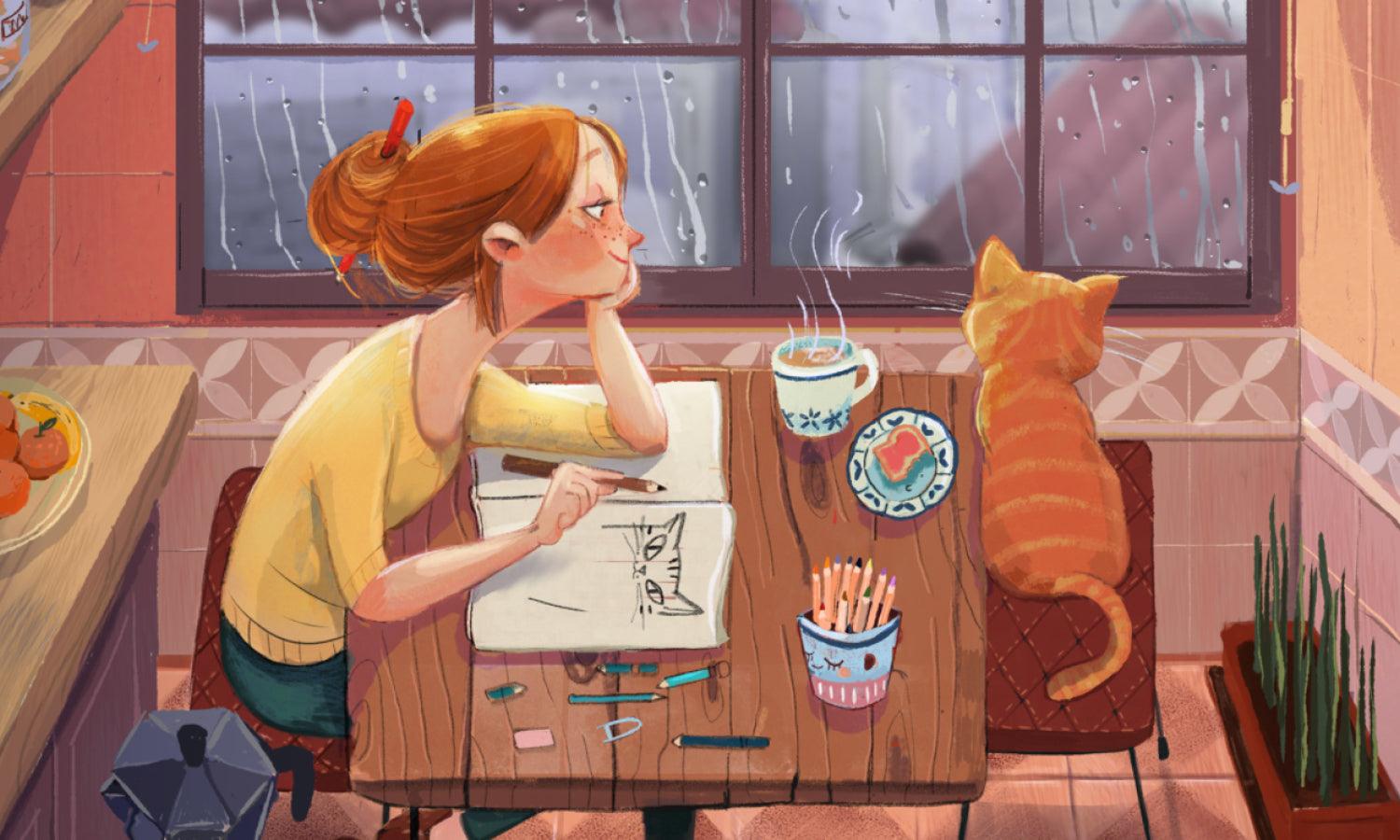
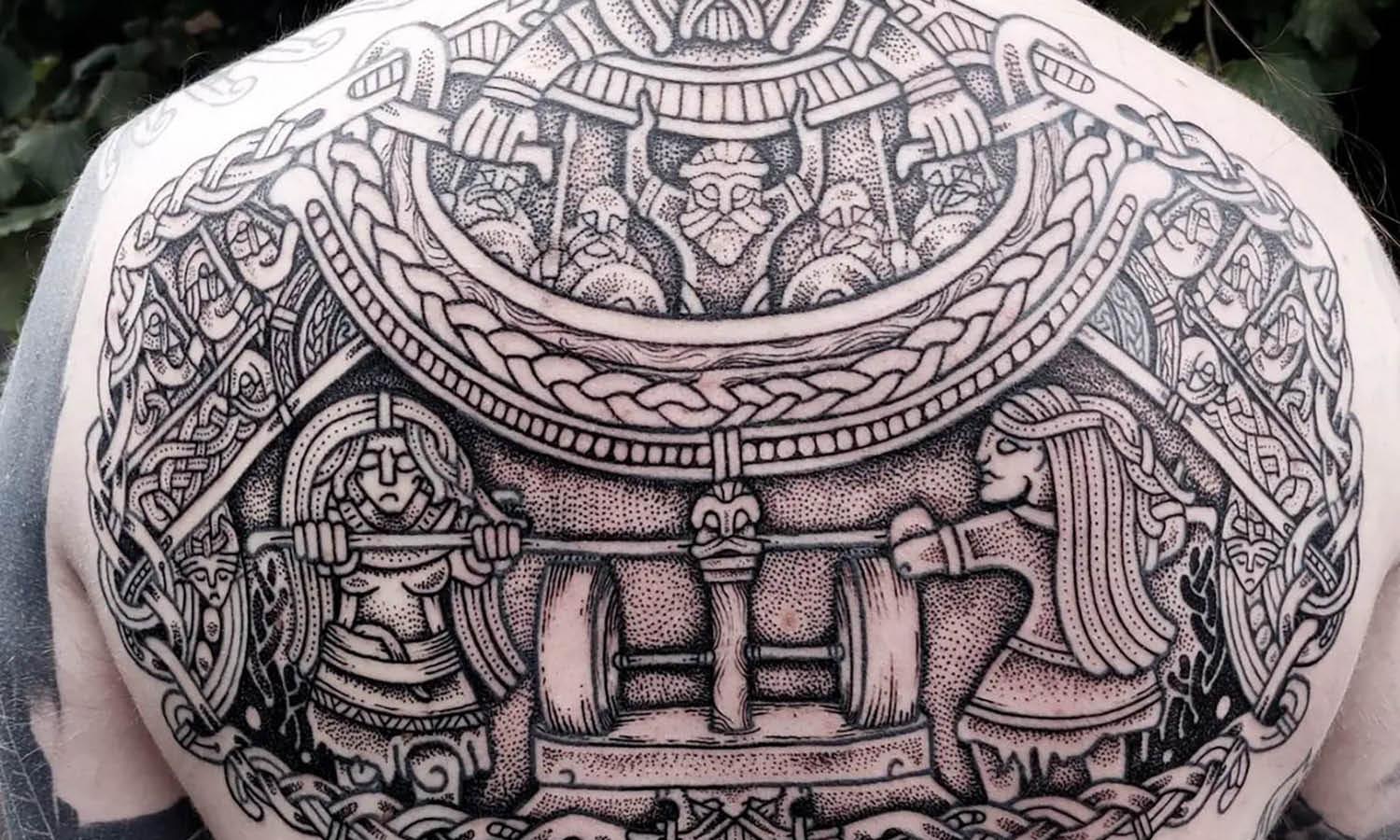
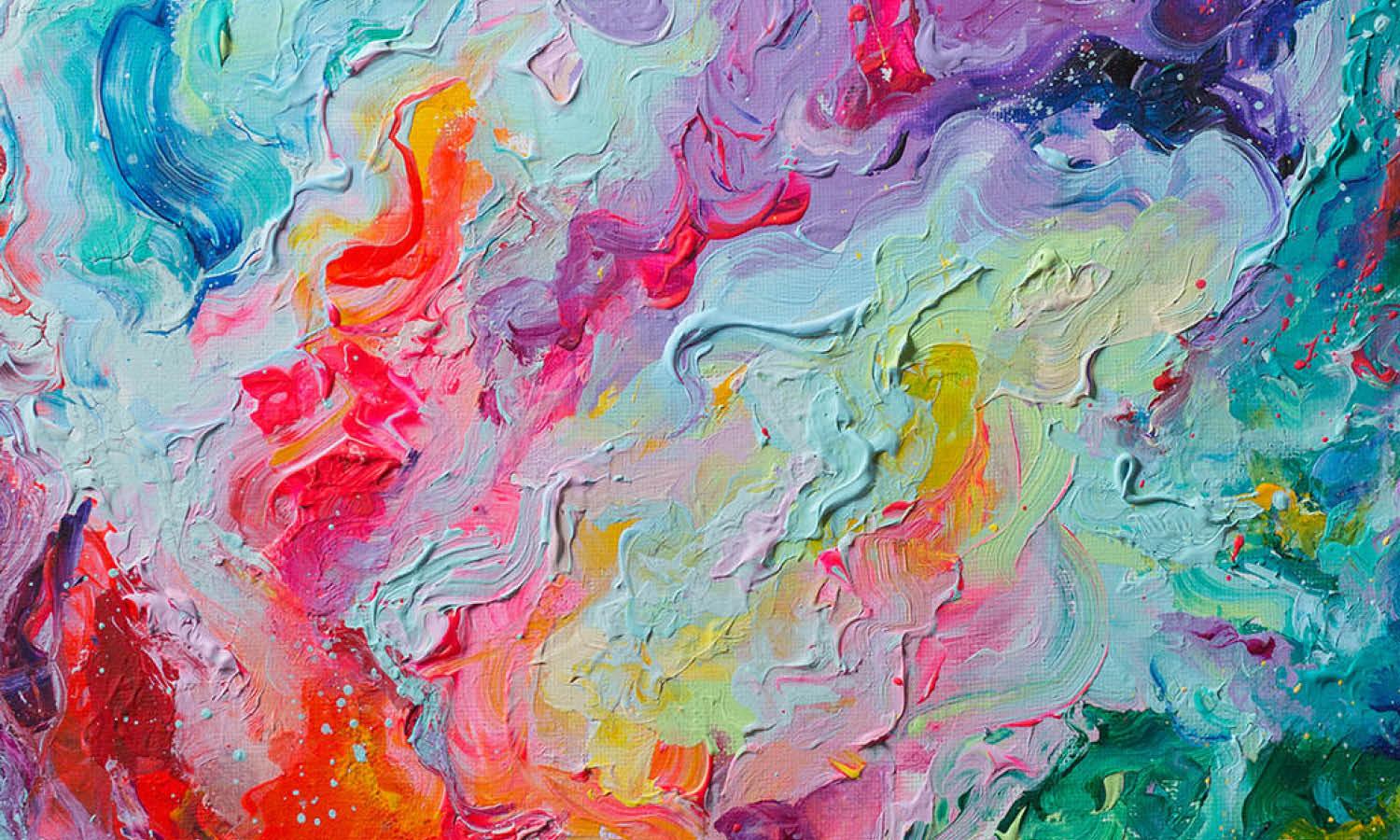
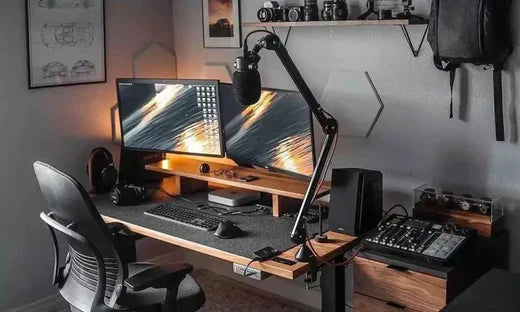


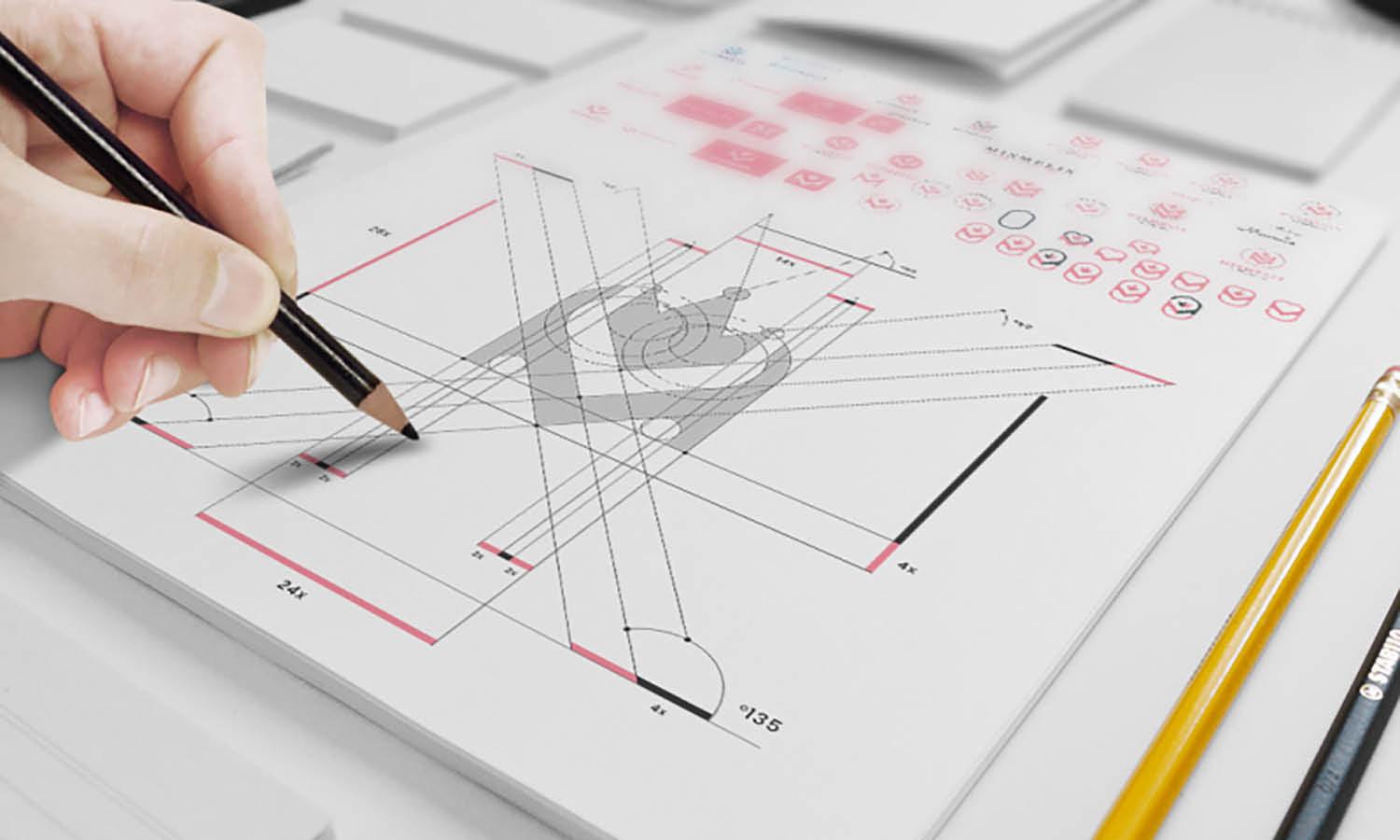







Leave a Comment